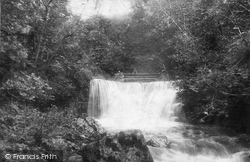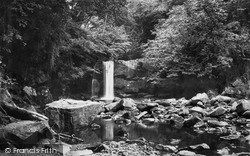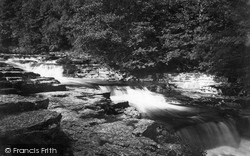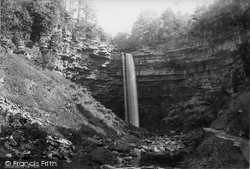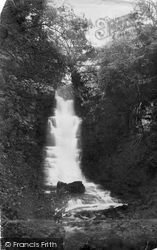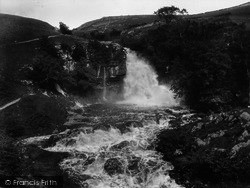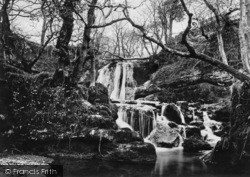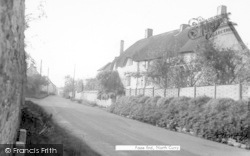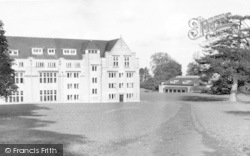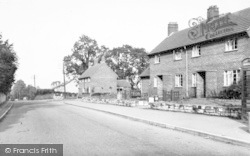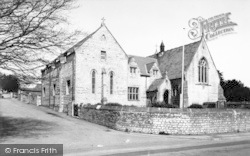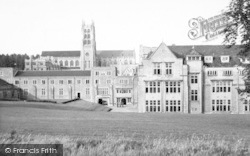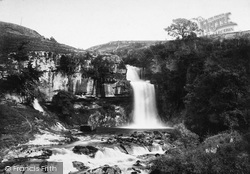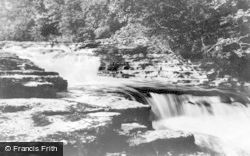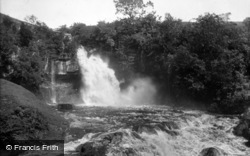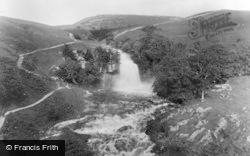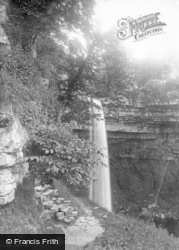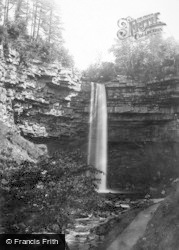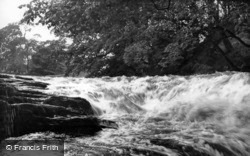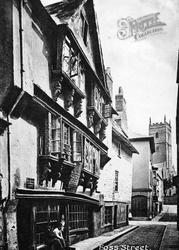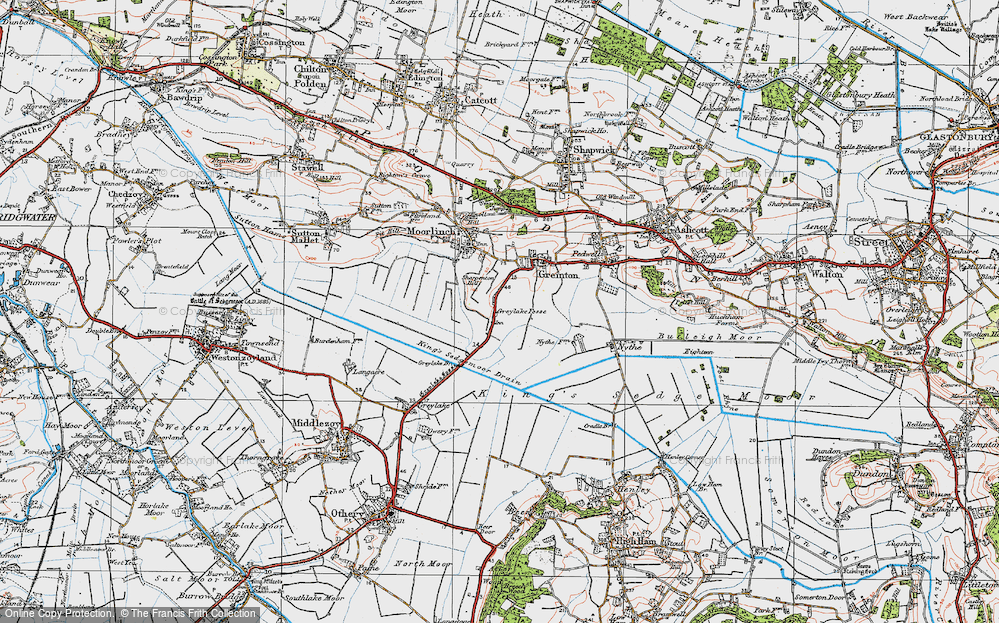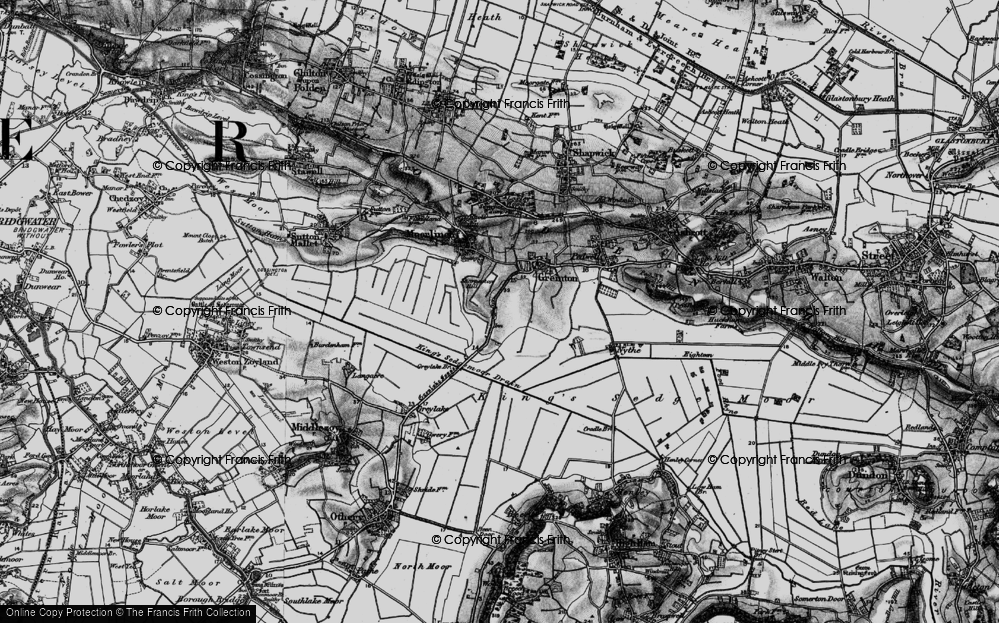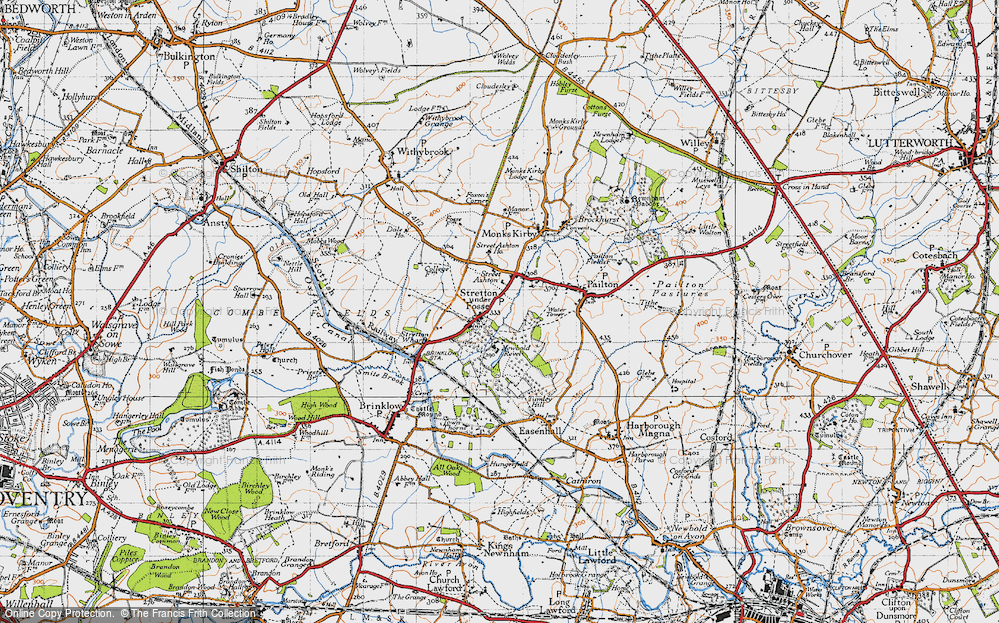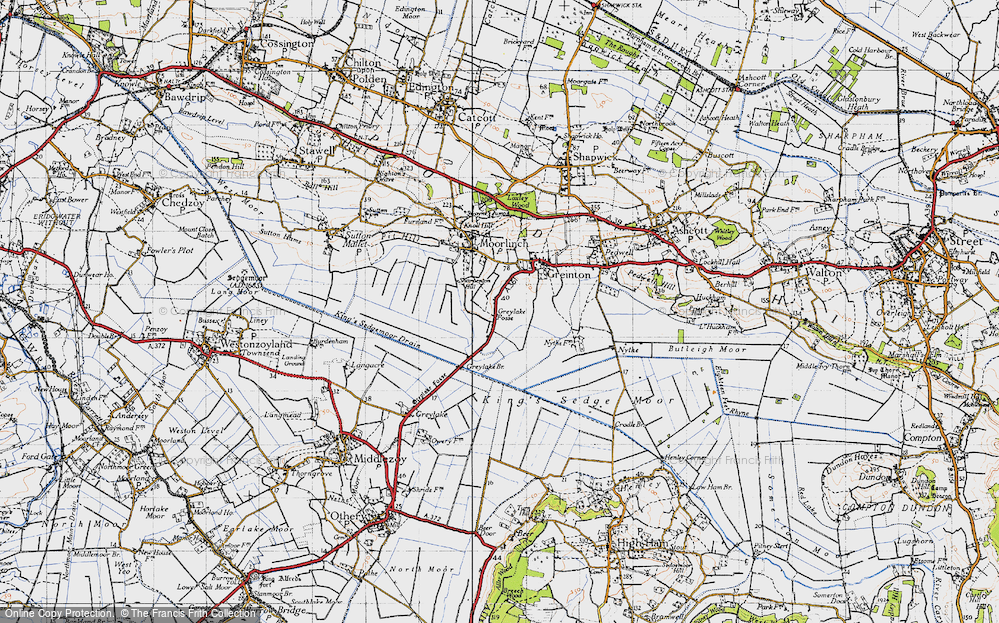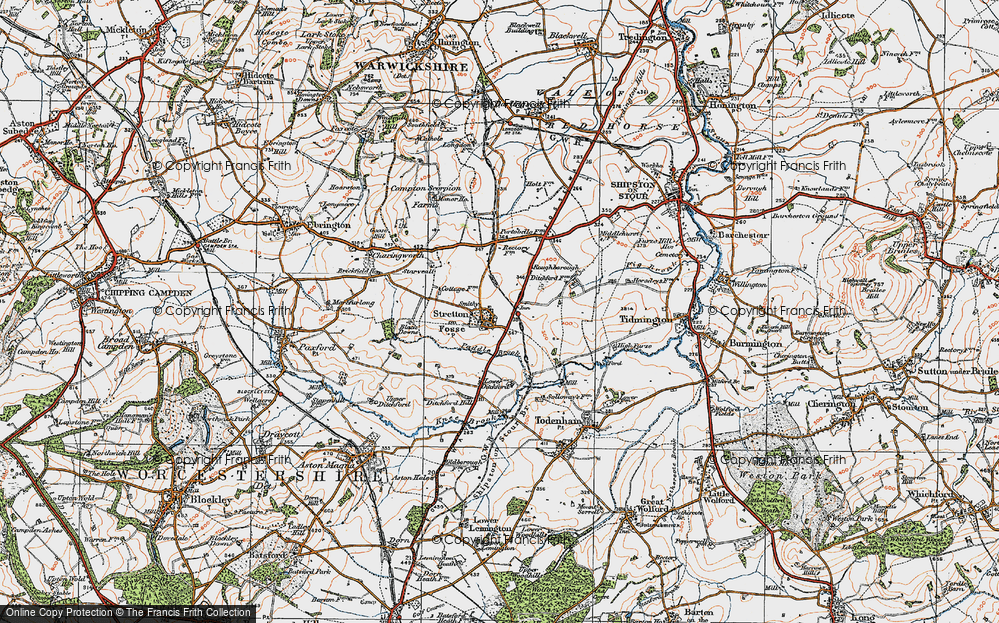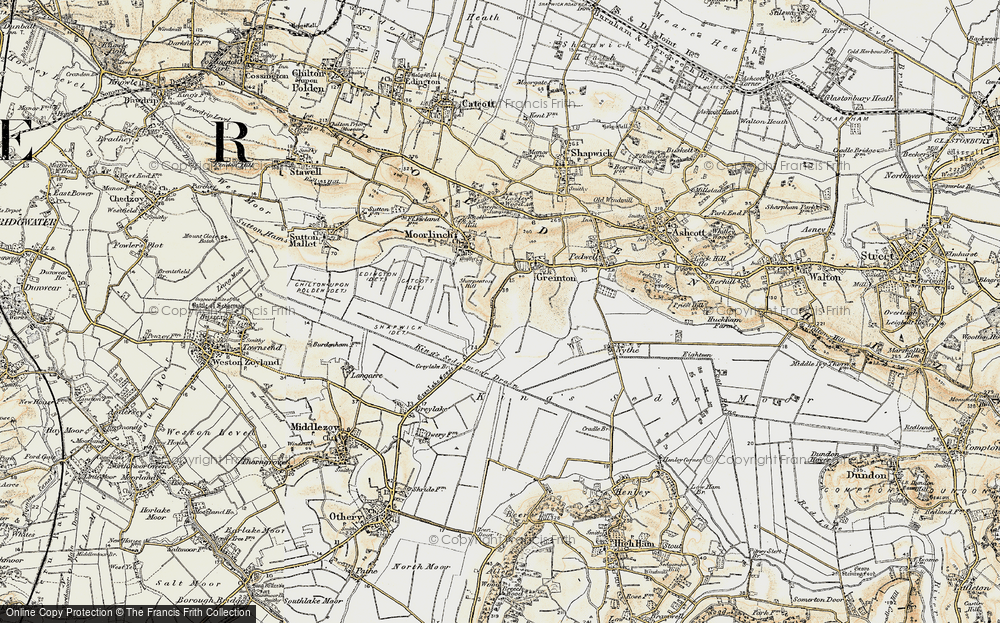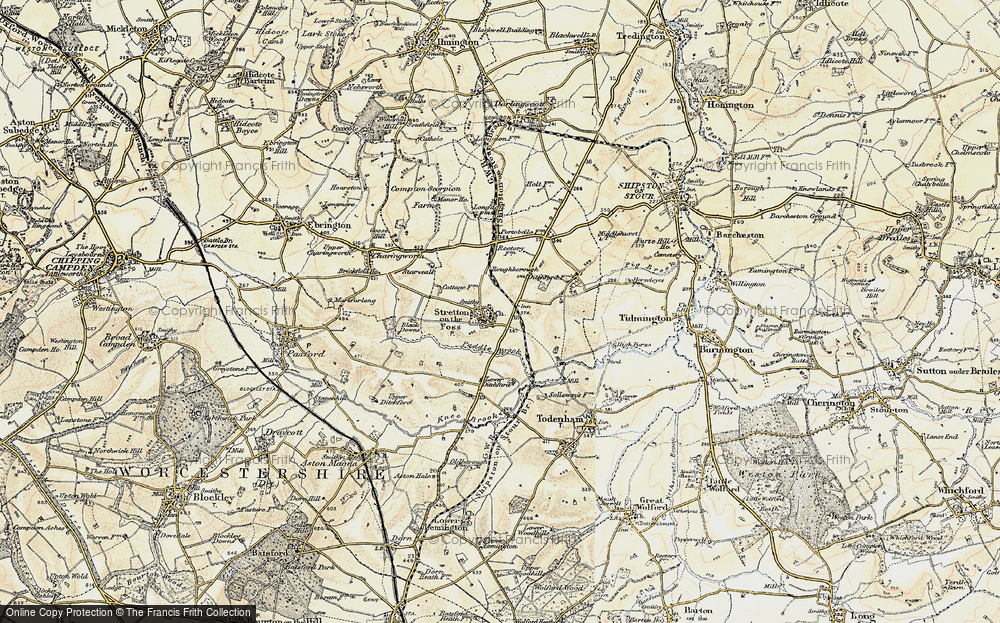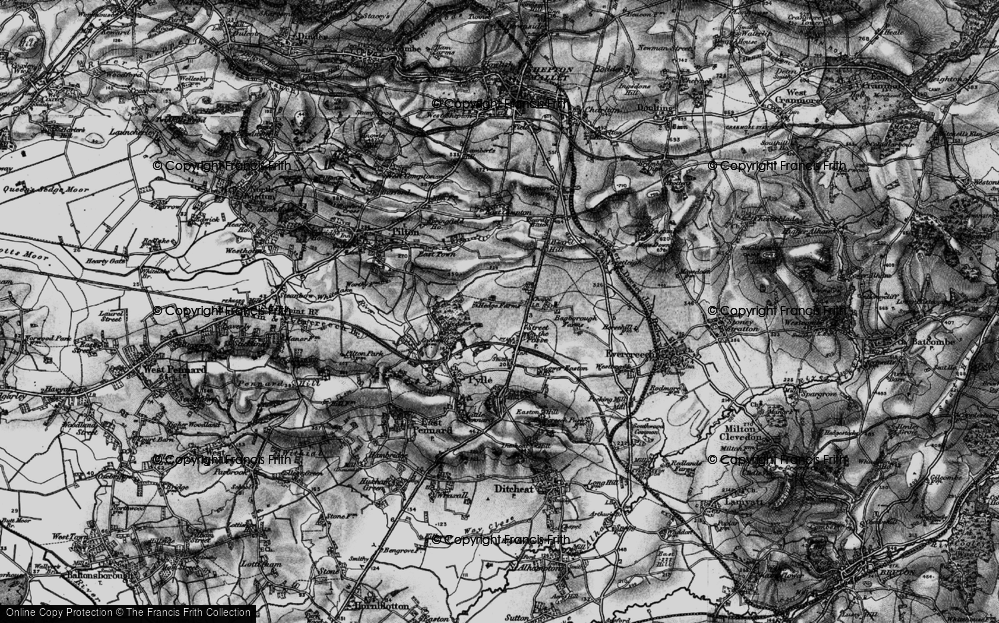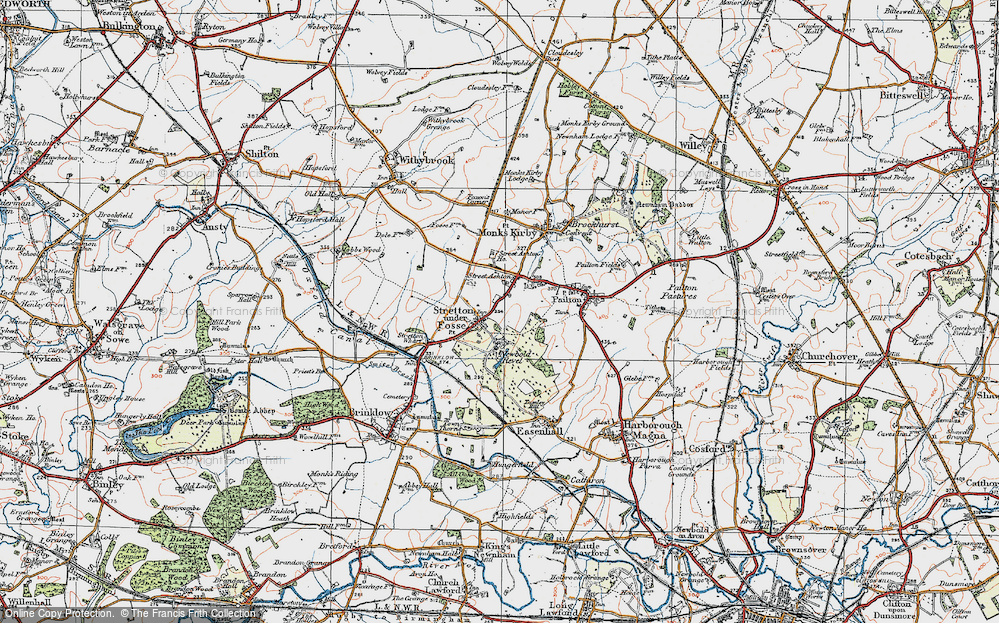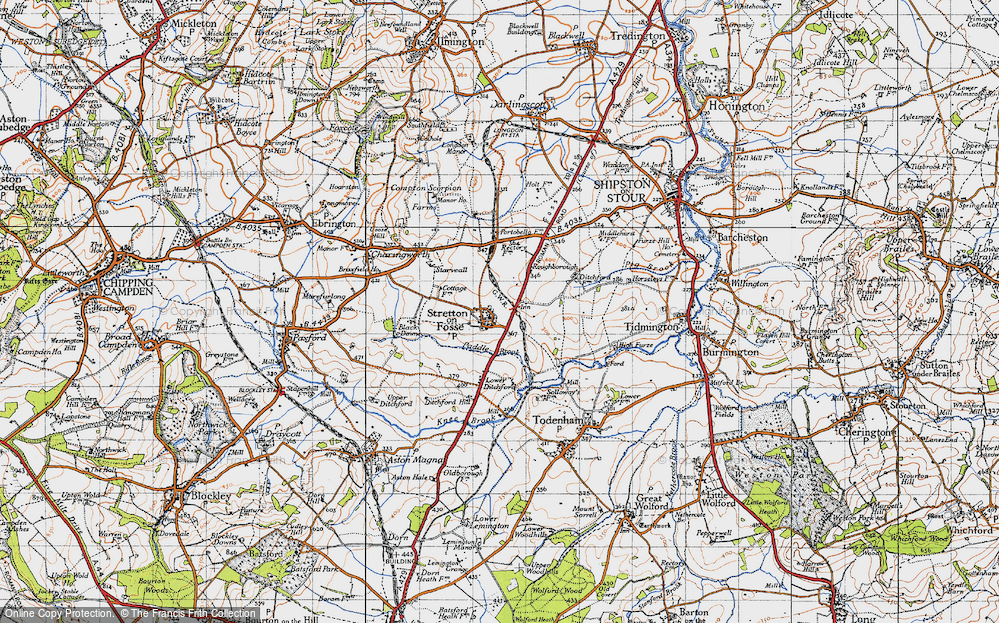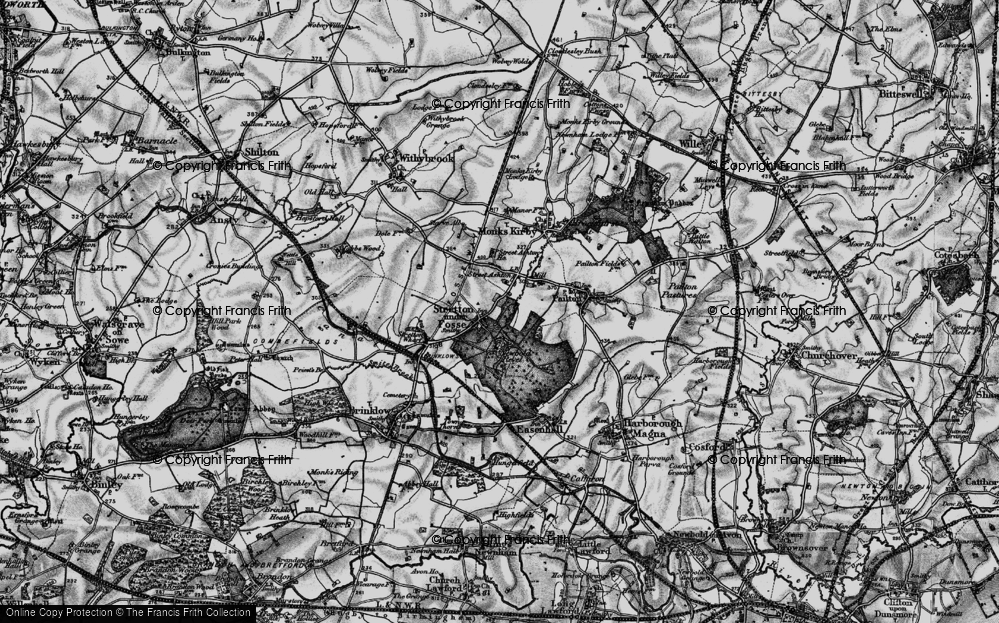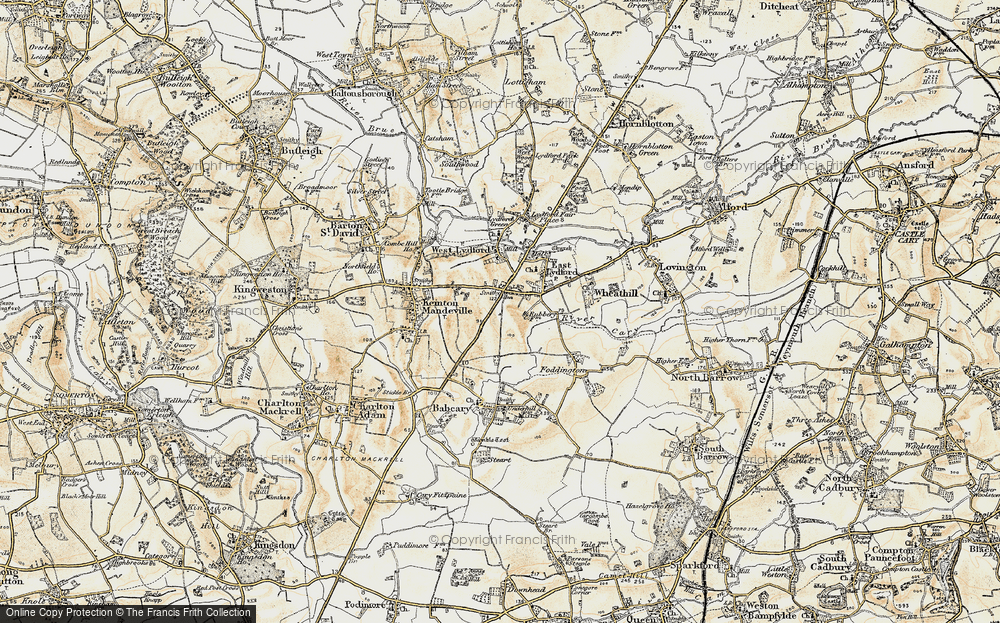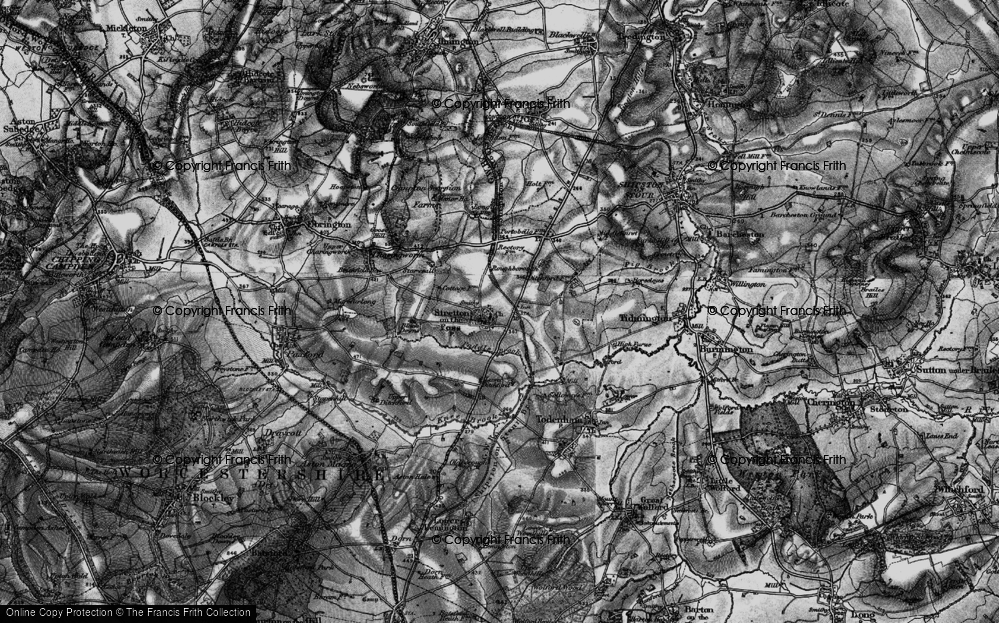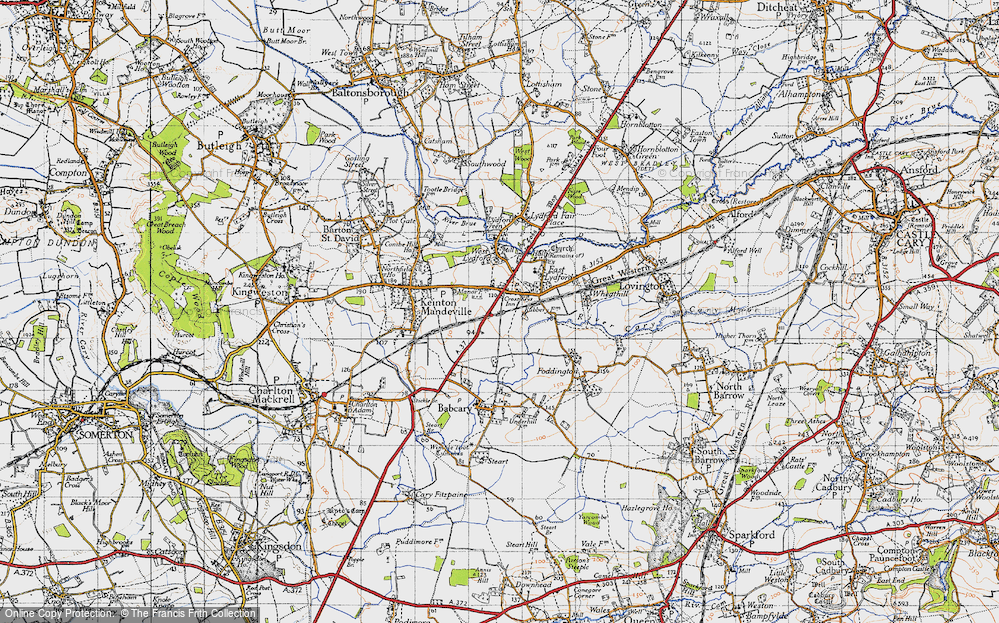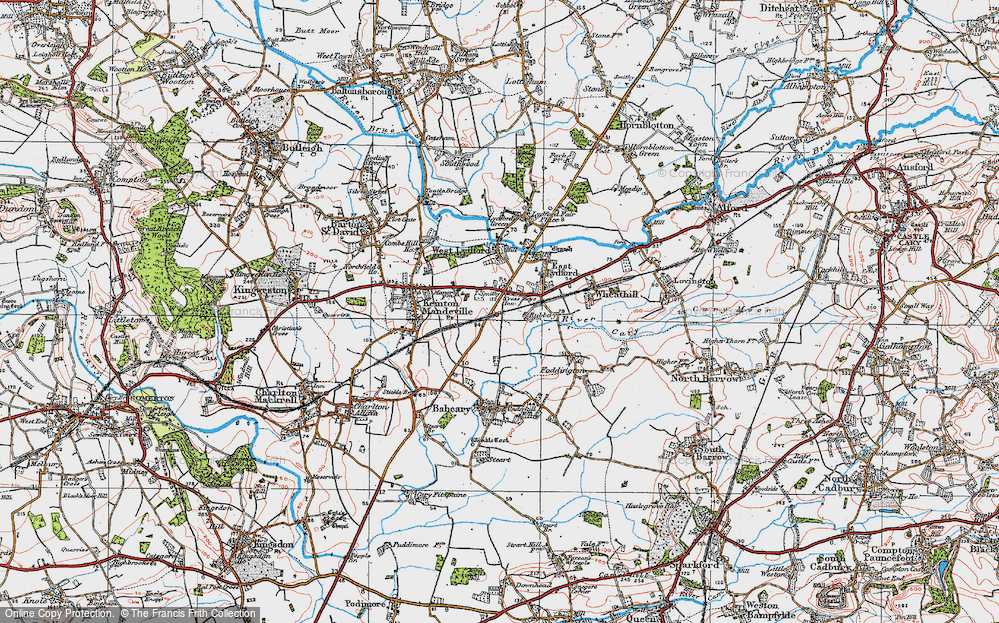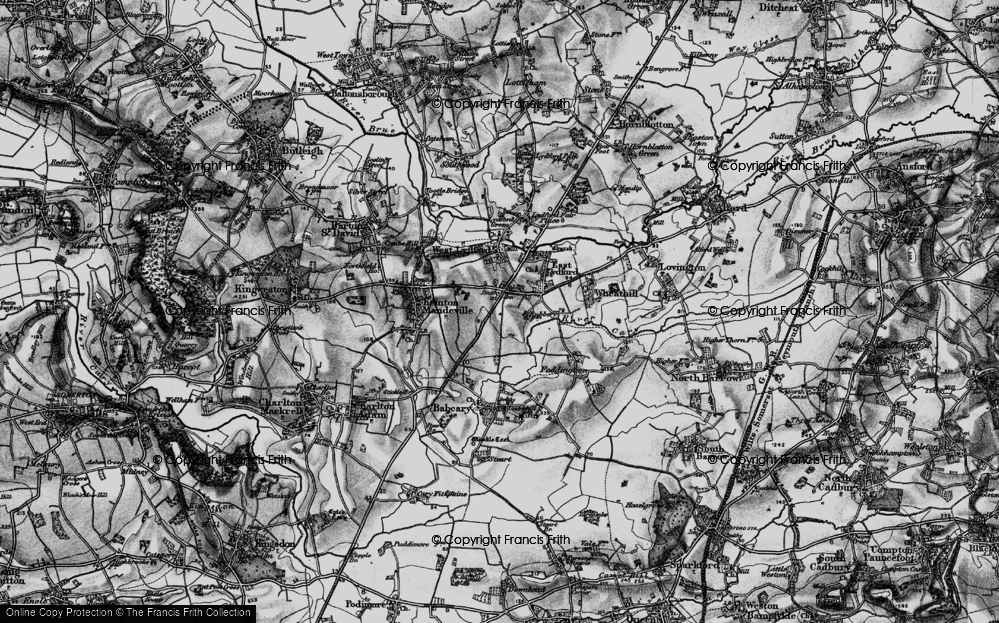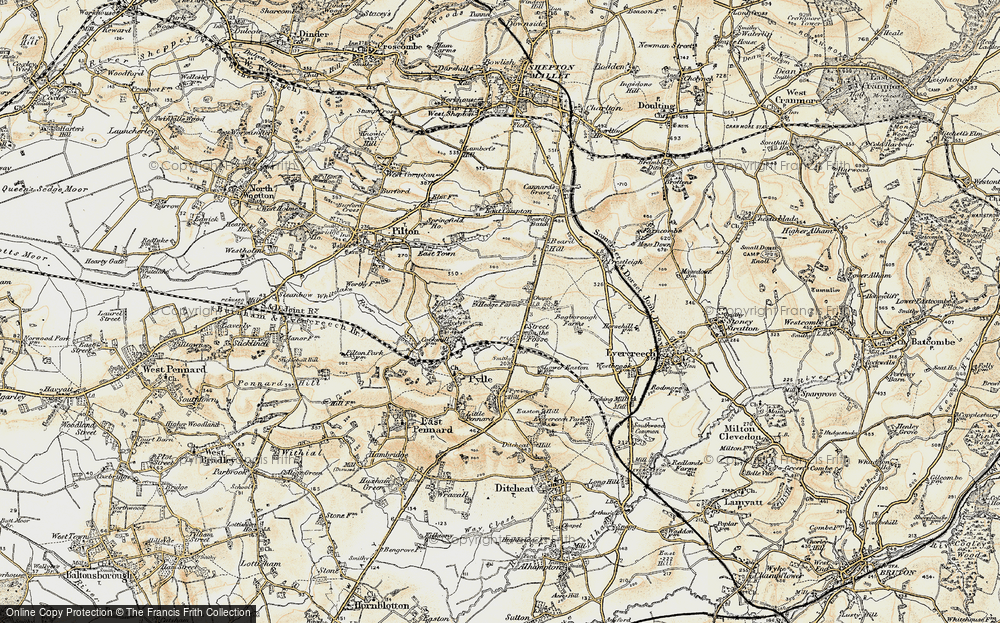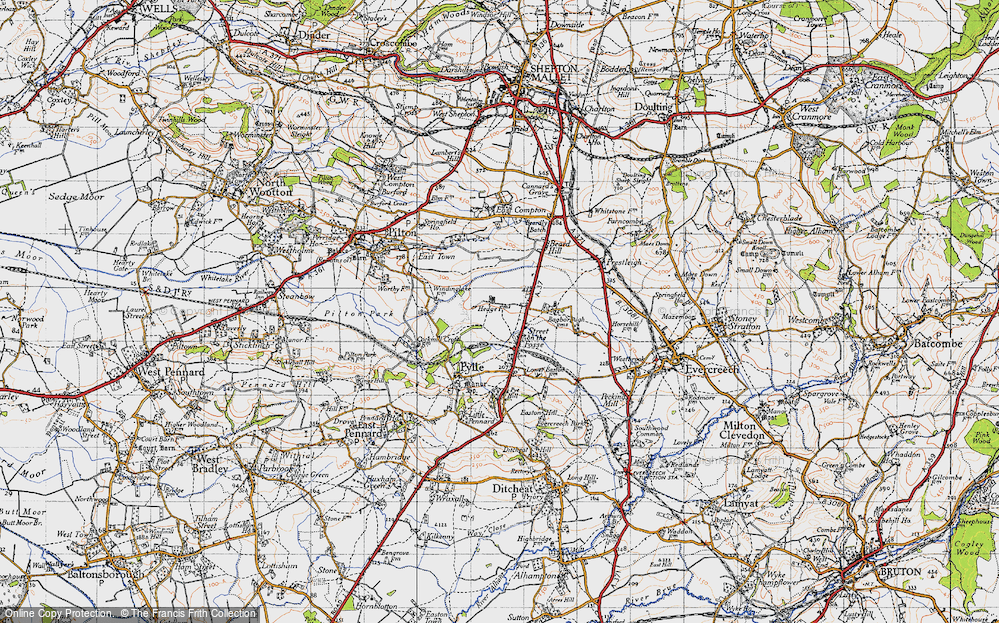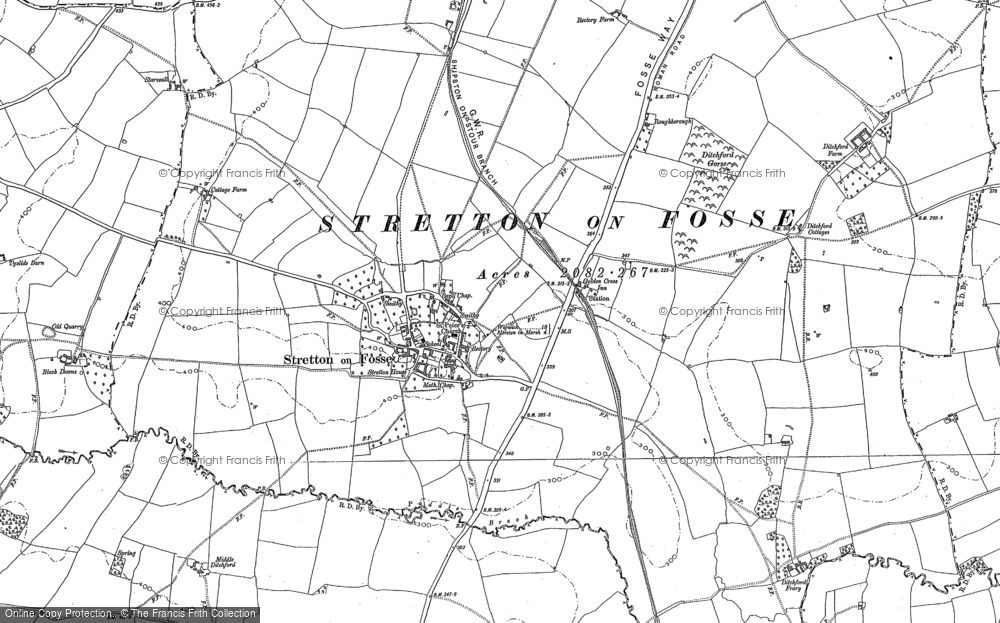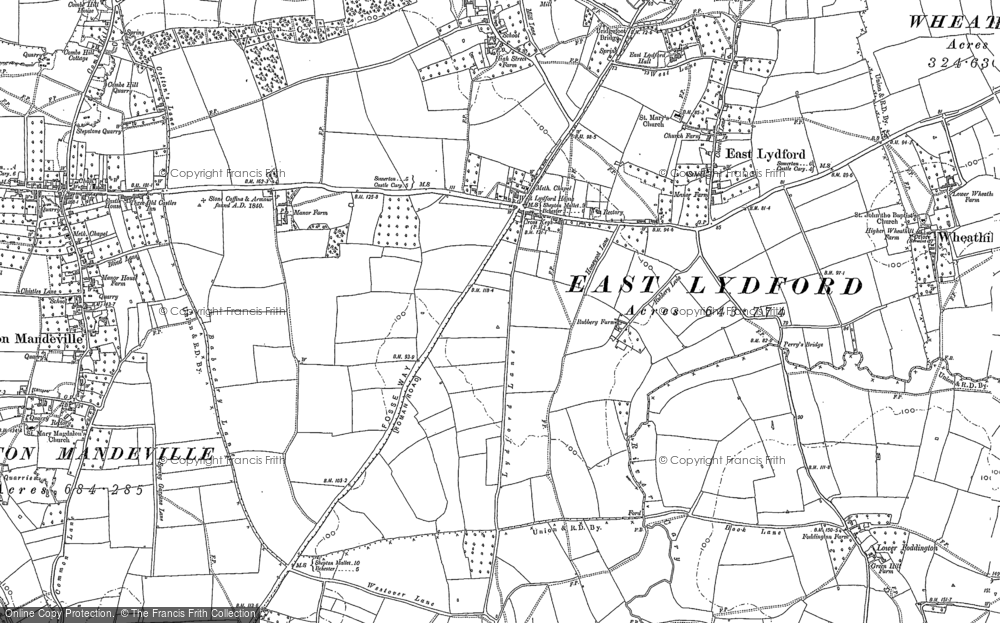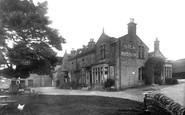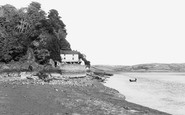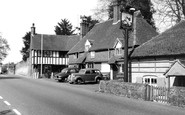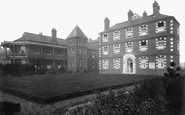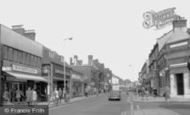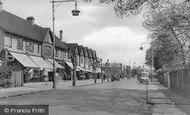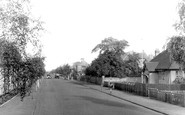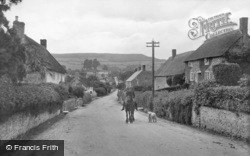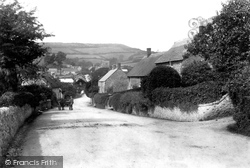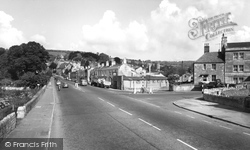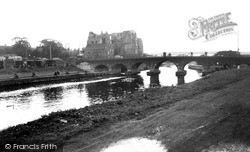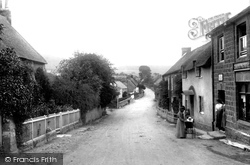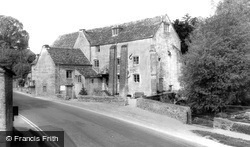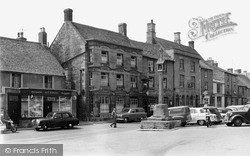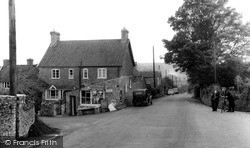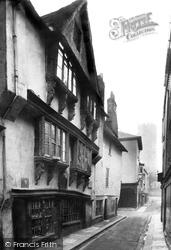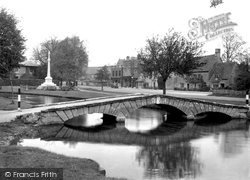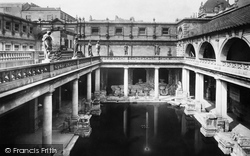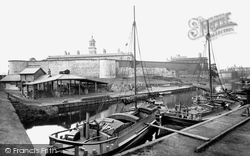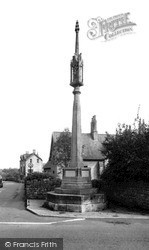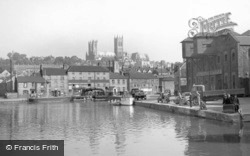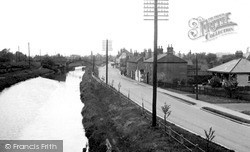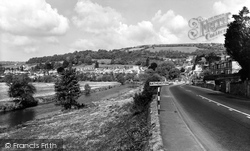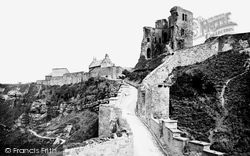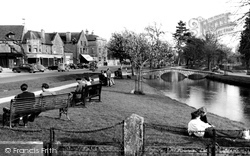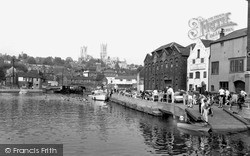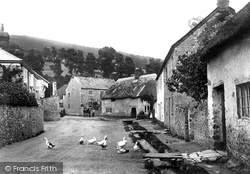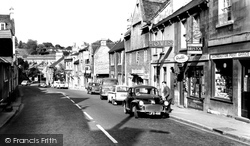Places
6 places found.
Those places high-lighted have photos. All locations may have maps, books and memories.
Photos
89 photos found. Showing results 1 to 20.
Maps
159 maps found.
Books
Sorry, no books were found that related to your search.
Memories
162 memories found. Showing results 1 to 10.
The Ballad Of Davy Crockett
When we went to "Dick's" for lunch, there would be me, my kid sister, my parents and my maternal grandparents plus Mum's youngest sister. She was only 5 years older than me- "Auntie Betsy"- and more like a big sister. ...Read more
A memory of Eldwick in 1953 by
Holidays In Laugharne
I and my family stayed at the Ferry House, next to the Boat House from 1965 to 1973. The house was then owned by the wife of my dad's boss and we used to be able to go for a fortnight each summer. We used to park our car, ...Read more
A memory of Laugharne in 1965 by
Isaac Green 1800's
Alas, I have no memories of Camerton. I have never visited this town of my ancestors. I have been to Bath, but at the time never knew of the existence of my family having originated in Camerton. My ...Read more
A memory of Camerton by
One Very Good Pub In England
One of My Employments of Yesteryear: Did you know that this public house has a corner where George Elliot used to write some of her famous books? Situated right opposite the War Memorial and next door to where Harry ...Read more
A memory of Witley in 1955 by
Oldchurch Hospital 1956 57
I have such memories as a 17 year old of working in the 'Admins Office' in Oldchurch Hospital. I think I just walked in one day, got an interview and started on the Monday - no job centres or CVs needed then. The boss ...Read more
A memory of Romford by
Christmas
When I worked at Fentocraft in St Johns Road it was a small factory that did hand painting on glass and pick-a-sticks, a game. We always had a Christmas party, they would put a table down the middle and our bosses, a M and Mrs Bound, ...Read more
A memory of East Ham in 1960 by
St Endellion Church
In this old and wonderful church I was baptised, went to Sunday school and was confirmed, and every time I enter it I am in awe and feel my ancesters all around me. Being born and brought up in Trelights, my mother was a ...Read more
A memory of St Endellion in 1940 by
A Beautiful Place
I arrived in 1953 to live with my father and stepmother in Marbury. I have very mixed feelings of my life here. The countryside was beautiful, my love of nature and animal life has never left me. Bill's lawns (our name for the ...Read more
A memory of Marbury in 1953 by
Jarmans Station Road
My mum, Irene White, worked in Jarmans on Station Road - just where it joins Crouch Oak Lane. It was probably in the very early 1940s before she joined the WAAFs. She told the story that her boss said you can eat as many ...Read more
A memory of Addlestone in 1941 by
Newmarket Hospital
I worked in racing stables in Exeter Road. In the spring of 1960 I was injured when a yearling I was exercising suddenly reared and I 'went out the back door', narrowly missing the edge of the pavement, but hitting my ...Read more
A memory of Newmarket in 1960 by
Captions
70 captions found. Showing results 1 to 24.
Ashford Cottage is opposite (left), and Rose Cottage and Foss Cottage are below it. James Foss, who died in 1902, bequeathed £200 towards the upkeep of the parish church.
The cart is beside Rose Cottage and Foss Cottage (left). James Foss, who died in 1902, bequeathed £200 towards the upkeep of the parish church.
Further downhill, at Fiveways, the road on the right is Fosse Lane. Here the Roman Fosse Way climbs out of the Avon valley to cross Banner Down on its way to Cirencester, the Roman town of Corinium.
Newark owes much of its development to the fact that Henry I gave Alexander, Bishop of Lincoln, permission to divert the route of the Fosse Way through the town.
In the street is Mrs Kate Foss wuth Kathleen Mary Foss, holding everyone's attention in the pram. The latter would marry Wilf Symes and become the village postmistress.
Just off the Fosse Way, this village, once the site of a Roman settlement, clusters around the banks of the wide, shallow Windrush, which is crossed by a number of simple footbridges, some
Stow-on-the-Wold is the junction of eight major roads, including the Roman Fosse Way, and has always attracted travellers from far and wide.
It prospered thanks to coal mining, and packhorses carried the coal down the street to the Fosse Way. Nowadays it is a prosperous commuting area, and modern semis punctuate the old stone cottages.
This Tudor house stood on Foss Street, near its junction with Duke Street. The supports for the overhanging upper floors were finely carved wooden animals.
Just off the Fosse Way, this village, once the site of a Roman settlement, clusters around the banks of the wide, shallow Windrush, which is crossed by a number of simple footbridges, some
The Roman town of Aquae Sulis, now Bath, grew up at the point where the Fosse Way crossed the river Avon.
The view is taken from the coal wharf on the Foss Navigation.
Stratton is strung along the Fosse Way, a Roman road. Its elaborate and recently restored war memorial stands on the junction with Church Lane.
The Roman Foss Dyke canal fell out of use during Anglo-Saxon times, but was restored after the Norman Conquest to become one of the main outlets for the great medieval city’s wool and lead exports.
Further south is the Foss Dyke. In the middle distance is the site of the old swing bridge, now replaced by the present 1937 bridge on the A57 bypass upon which the photographer is standing.
The Fosse Way runs down from the right of this picture to meet the Avon and follow it to Bath, three miles away.
Here we see the approach across the narrow stone causeway which crossed the fosse. The keep was positioned in such a way as to command this entrance.
The village sits at the confluence of a number of ancient routes, the most important of which is the Fosse Way.
The Roman Foss Dyke canal fell out of use during Anglo-Saxon times, but was restored after the Norman Conquest to become one of the main outlets for the great medieval city’s wool and lead exports.
The Roman Foss Dyke canal fell out of use during Anglo-Saxon times, but was restored after the Norman Conquest to become one of the main outlets for the great medieval city's wool and lead exports.
Further south is the Foss Dyke. In the middle distance is the site of the old swing bridge, now replaced by the present 1937 bridge on the A57 bypass upon which the photographer is standing.
One was the gap between the Blackdown and Brendon Hills, and the other was the coastal route, which used the old ford at Axmouth; this was part of the Roman Fosse Way, which ran all the way to Lincoln.
The main road from London follows the Fosse Way here into Bath. Trams, originally horse-drawn, once ran along the same route.
In the 17th century, the only stretch of the Fosse Way known to have been maintained was that between East Stoke and Newark.
Places (6)
Photos (89)
Memories (162)
Books (0)
Maps (159)


